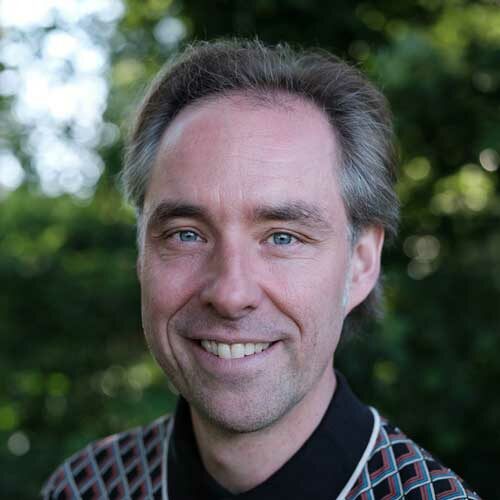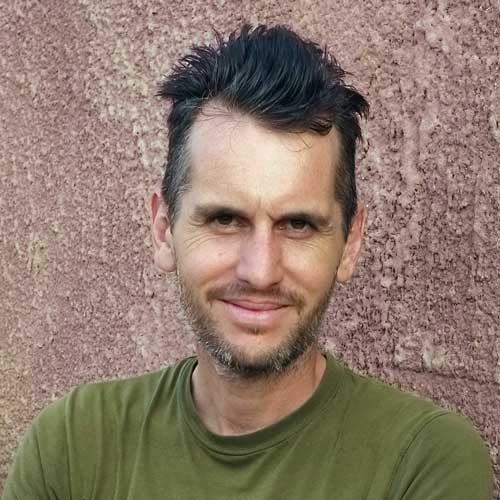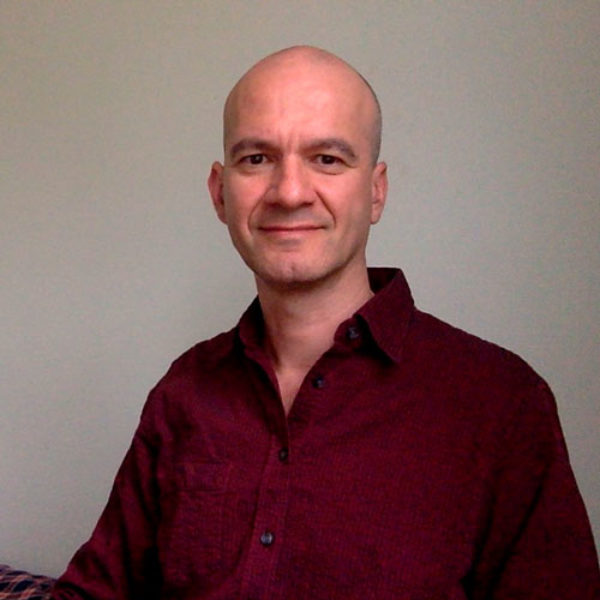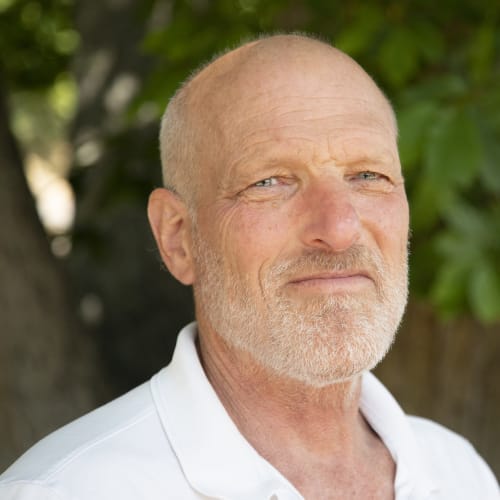Equanimity is a key spiritual faculty which allows us to face the known and the unknown, the ecstasies and the despairs, with steadiness and lightness. Equanimity helps us engage with life from an unlimited and interconnected perspective. The Buddhist image is of an island in the stormy seas – remembering that all islands are connected under the ocean.
With Stephen Fulder recorded on July 8, 2018.
Found our teachings useful? Help us continue our work and support your teachers with a donation. Here’s how.
Discover more from the Dharma Library
-

Wise Mindfulness will Protect You
Recorded :
April 13, 2025 Awareness isn’t something you make. It’s already here when you pause and notice. Mindfulness knows the good and helps it grow happily. It also knows the difficult and helps us hold it with care. Join us to explore how wise mindfulness protects us, bringing kindness and wisdom to each moment.
-

Sitting With Our Ancestors
Recorded :
December 18, 2022 In times of struggle we can always call on the ancestors. Our affinity ones are just as important as our biological ones. The Buddhist path is full of affinity beings who inspire us. Join me in remembering those who have gone before us, and paved the path of freedom and liberation.
-

Daily Meditation Recordings, with Nathan Glyde – Week of April 3, 2023
This week’s topic is “Imagine That”. Edgar Allan Poe wondered, “Is all that we see or seem but a dream within a dream?” According to naive realism, we do not perceive things as they are, yet think we do. The Dharma exists to wake us from delimiting dreams, so we may live lives of profound awakening.
-

This is, because that is
Recorded :
October 29, 2017 “This is, because that is. This is not, because that is not. This comes to be, because that comes to be. This ceases to be, because that ceases to be.” – The Buddha When conditions are sufficient things manifest. But if there aren’t enough conditions, things cannot yet manifest. How can we skilfully live in…
-

Daily Meditation Recordings, with Christine Kupfer – Week of 15 September, 2025
We’re delighted to have Christine Kupfer guiding our Daily Meditation sessions this week. May these sessions support and enrich your practice.
This week’s theme is: Equanimity – A Still Heart Amid the Waves
A living balance of the heart welcomes both joy and storm. This week, from the ground of presence we open to the full tapestry of experience. Through meditation, reflection, and silence, we return to the quiet heart, where openness and steadiness meet, tasting freedom that is deeper than reactivity.
Our Dharma Library thrives through collective generosity. Your donation helps sustain this offering for our entire community.
-

Sunday Session with Yanai Postelnik
Recorded :
May 3, 2015 Worldwide Insight talk from Yanai Postelnik. Guided meditation, Dharma talk and Q&A.
-

Daily Meditation Recordings, with Miles Kessler – Week of June 24, 2024
This week’s topic is “Let Come, Let Go, Let Be, Let Grow – Practicing the 4 Noble Truths”. Join Miles in this exploration of the Buddha’s 4 Noble Truths. Over 5 days you will gain insight into how the 4 Noble truths unfold in your practice and in your life. You will learn how these 4 practices unlock your true nature, allowing it to grow and flourish in your life.
-

Meditating and speaking: simultaneously practicing Sila, Samadhi and Panna
Recorded :
February 11, 2018 The communicative loop of listening and speaking forms a powerful karmic workshop. Language taps into our karmic archive, sankhara. It reaches other people and, if they are listening, there is mind-to-mind contact. Relational contact is intrinsically powerful because humans are intrinsically relational: when we engage together, our mutual responsiveness amplifies our efforts. Speaking and listening…








Discussion